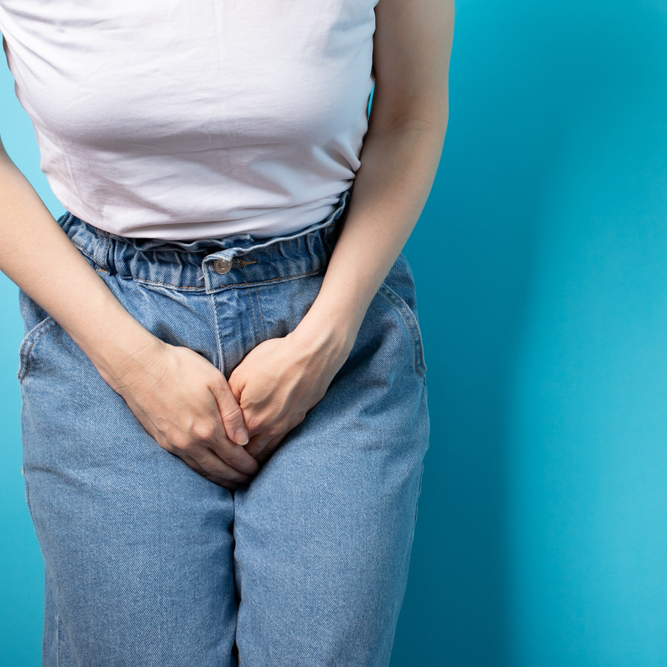
The condition of urinary incontinence is a common problem that dramatically alters the life of men and women affected. These patients may avoid social events or otherwise change their lifestyle because of their requirements to wear pads to collect urinary leakage and concern that leakage of urine may be noticeable by odor or appearance. Fortunately, most individuals with urinary incontinence can have the cause identified and effectively treated today. In rare cases, incontinence may reflect a medical condition that can affect health such as bladder cancers.
Facts About Urinary Incontinence
Urinary incontinence is the involuntary loss of urine from the bladder. It affects an estimated 25 million or more Americans of all ages and economic levels. The great myth about urinary incontinence is that it is a natural part of growing older. There is nothing natural about incontinence. One in five older men suffer with incontinence and half of all women experience incontinence at some point in their lives. However, it is not a necessary consequence of having had children. Urinary incontinence is not a disease, but rather a symptom of an underlying condition. It should always be investigated to determine the cause. A variety of treatments are available, including behavioral interventions, drug therapy, and surgery. What was once an incurable embarrassment is now being replaced with awareness, information, and control. Still, however, only one out of every twelve people affected seeks help.
How does the normal adult body control urination?
The kidneys make urine continuously by removing waste products and excess water from the bloodstream. The urine then flows from the kidneys through two long tubes, the ureters, until it reaches the urinary bladder. The bladder then stores urine until a person feels full. At this point, one goes to the toilet to empty the bladder in a process called urination, or voiding. This involves the simultaneous contraction of the bladder wall muscles and the relaxation of the muscles at the bladder neck, or urinary sphincter. The urine then leaves the body through a small tube called the urethra.
Types of Incontinence
Stress Incontinence is the symptom of loss of urine when pressure within the abdomen increases. Stress incontinence is usually described as the involuntary loss of urine while coughing, sneezing, laughing, or lifting heavy objects. Poor bladder support by the pelvic muscles results in the opening and descent of the urethra when abdominal pressure is increased.
Stress Incontinence
Stress incontinence is the symptom of loss of urine when pressure within the abdomen increases. Stress incontinence is usually described as the involuntary loss of urine while coughing, sneezing, laughing, or lifting heavy objects. Poor bladder support by the pelvic muscles results in the opening and descent of the urethra when abdominal pressure is increased. Types I, IIa, and IIb incontinence are progressive forms of this urethral “hypermobility.” Childbearing predisposes some women to this type of incontinence. Intrinsic sphincter deficiency (Type III incontinence) is another cause of stress incontinence due to a nonfunctional proximal urethra that remains open at all times. It may be caused by prior surgery or by changes in the urethral tissues from aging.
Urge Incontinence
Urge incontinence involves the sudden sensation of a need to urinate with inability to get to a toilet before involuntary leakage occurs. At times, urine may leak without any warning. This condition is due to an overactive bladder that suddenly contracts without the patient’s desire for it to do so. It often is the result of damage to the nerve passages that connect the bladder to the brain. Causes of urge incontinence include bladder infections that irritate the bladder lining, as well as neurologic problems that affect bladder function, such as a stroke, dementia, and multiple sclerosis. In some patients, the cause remains unclear.
Mixed Incontinence
Mixed incontinence is a combination of both stress and urge incontinence, causing symptoms of both. This represents the most common type of incontinence in women.
Overflow Incontinence
Overflow incontinence occurs when the bladder is so full that it leaks urine, or “overflows.” This can happen when a blocked urethra prevents the bladder from emptying normally, such as in enlargement of the prostate. Overflow incontinence can also happen in situations where is bladder is too weak to contract and force the urine out, such as in diabetes or certain neurologic disorders.

